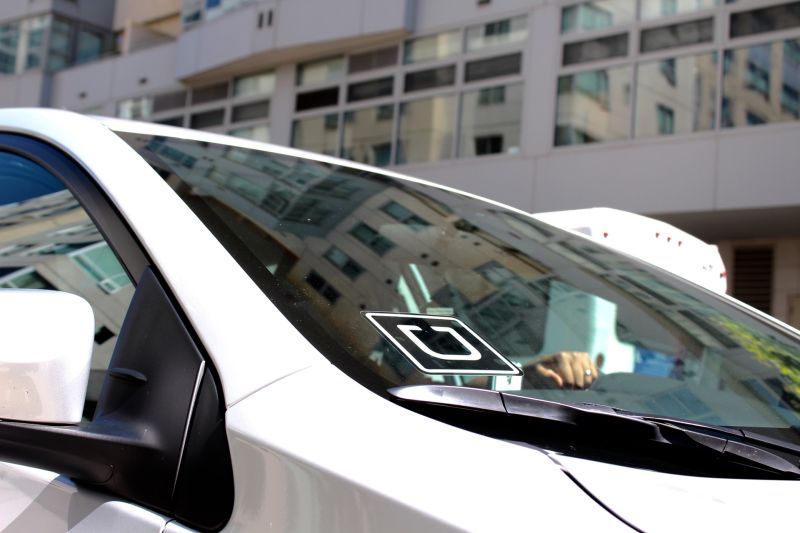When can companies in California classify their workers as independent contractors instead of employees?
That’s the question that's been hot on the minds of California lawmakers, labor unions and tech companies since April, when the California Supreme Court ruled that businesses must satisfy three guidelines to classify workers as contractors.
In Dynamex Operations West, Inc. v. Superior Court, the state Supreme Court ruled that a worker can be considered a contractor only if:
A. The worker is free from the control and direction of the hirer in connection with the performance of the work.
B. The worker performs work that is outside the usual course of the hiring entity’s business.
C. The worker is customarily engaged in an independently established trade, occupation, or business.
Allan Zaremberg, head of the California Chamber of Commerce, said the ruling puts the Legislature in a unique position. A state law could override the court decision and return California to the pre-Dynamex test for employee status.
“The Legislature has never developed a law on who's an employee and who's an independent contractor," he said.
The court’s decision is especially concerning to tech companies like Uber, Lyft and Instacart, whose businesses rely heavily on a revolving army of contractors. They're among a group of tech firms partnering with the state Chamber of Commerce to lobby for legislation that would loosen restrictions on who could be included as a contractor.
Without a new law, these companies would have to abide by the court's guidelines.
Uber, which has long been the largest and most influential on-demand gig company in the country, has always insisted that its drivers are not employees. The San Francisco-based company argues that it’s not a taxi company, but rather a tech firm that creates a platform or marketplace to connect riders to independent drivers. In other words, it says, its employees are the people who build its technology, not the one who drive people around.
It's the second requirement of the Dynamex ruling that poses the biggest dilemma for big gig-focussed companies like Uber. Because the San Francisco-based firm is in the business of giving rides, and its drivers are the ones who provide them, the company would be hard-pressed, under the court's guidelines, to classify those workers as anything but employees.
"Some companies feel like that test is going to alter their business model, and in some cases that's true," said Steve Smith, a spokesman for the California Labor Federation, which would like to see more workers classified as employees.
If that presents a hardship for some tech companies, that’s just too bad, Smith added.
“If you build your business model based on cheating workers out of protections they deserve. then perhaps those business models shouldn't survive," he said.
